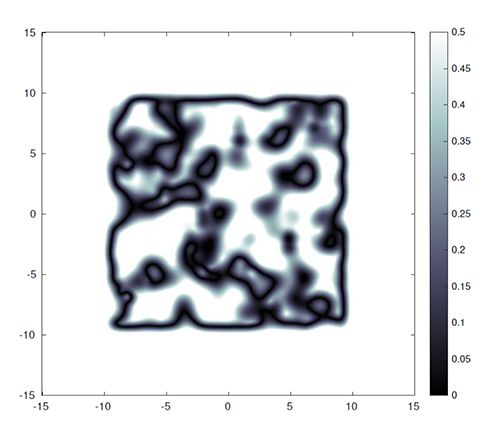Professor Terry Loring studies the strange math behind hybrid conductor-insulators
After receiving his bachelor’s degree in mathematics from Wesleyan University in 1981, Loring earned a Ph.D. in mathematics from the University of California Berkley in 1986 and participated in several prestigious fellowships. In 1990 he joined the University of New Mexico’s Department of Mathematics and Statistics where he has been conducting groundbreaking research and inspiring young mathematicians ever since. Although his background is in pure math, much of Loring’s work has been focused on solving problems faced by physicists. 
In the late 2000s, Loring worked with acclaimed physicist Matthew Hastings to create the Bott Index, a mathematical procedure aimed at identifying hybrid conductor-insulators – a type of material that could be used to create more efficient electronic connections. The Bott index is now commonly used by mathematicians and physicists worldwide.
Loring’s latest work has been focused on improving
This project’s methodology took full advantage of the computing resources provided by CARC. Loring’s techniques involved running both the Bott and Localizer indices against a well-established theoretical model to fine-tune the Localizer Index. While much faster than the Bott index, the Localizer Index does require a tuning parameter. Loring explains this difference by comparing the Localizer Index to a sports car – it’s fast and powerful, but it may require some tuning for greater control.
While the math may sound abstract, the applications of Loring’s work could have a substantial impact on our everyday lives; as Loring says, “Strange physics takes strange math.” The Localizer Index may be used to optimize batteries and energy sources as well as to find more efficient ways to control an electric current. As modern consumers demand more
